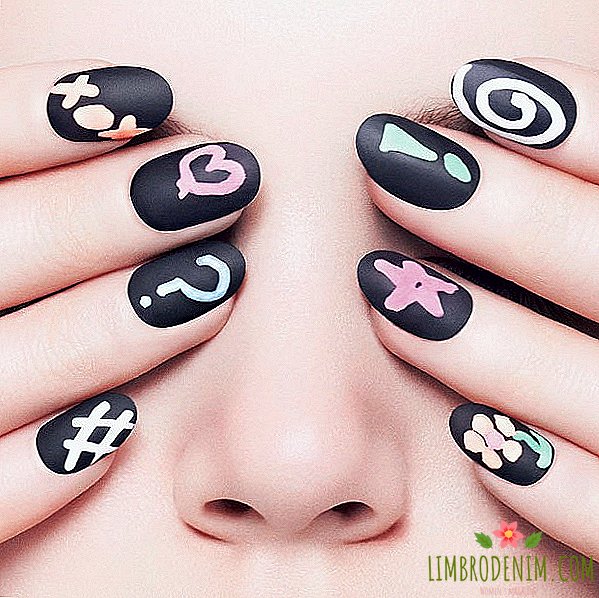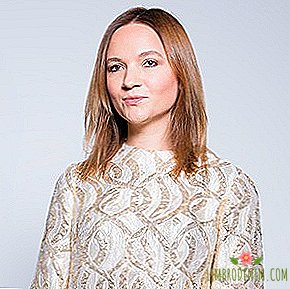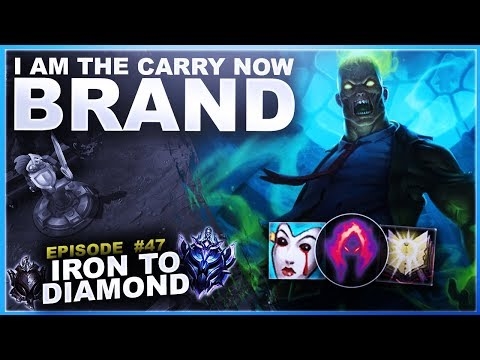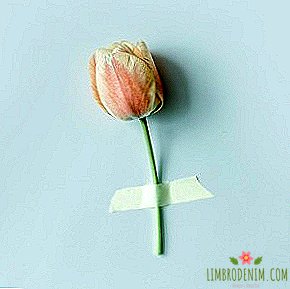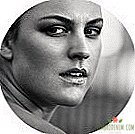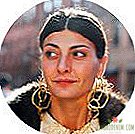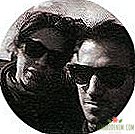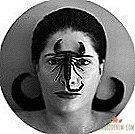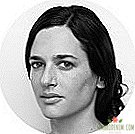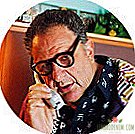Garage Magazine: Who's Who
From the very beginning of New York Fashion Week, an ice cream van drove through the city, which was distributed not by Eskimo and ice cream, but by the weighty issue of the new magazine Dasha Zhukova Garage. Rumors about the launch of the publication began to run in the spring, but in stores a new number with three different covers appeared only in September. The editors and authors of Garage are a whole constellation of famous fashion editors, photographers and contemporary artists. Look At Me decided to find out who is who in the new magazine.
| Chief Editor - Dasha Zhukova In her twenty-eight years, Dasha Zhukova managed, together with her friend Christina Tang, to found the Kova & T brand, visit the editor-in-chief of the POP magazine and head the Iris Foundation for the Development and Support of Contemporary Culture and Art, which oversaw the architectural competition and the Summer in New Holland "in St. Petersburg. Zhukova is also the founder of the Garage Center for Contemporary Culture, which opened in 2007 in Moscow. |
| Creative Director - Shala Monrok Favorite bloggers, girlfriend Miucci Prada and former editor of POP magazine, which NY Mag calls "the muse and style icon of our time." She is also the girlfriend of Larry Gagosian, an art dealer, one of the most influential people in contemporary art. It was thanks to Chalet, who posted photos of herself and Dasha Zhukova with the new magazine Garage on her blog Shala's Rabbit Hole, that it was possible to appreciate the large format of the publication for the first time. |
| Art Director - Mike Meire German designer Mark Meire is responsible for one of the most beautiful and original magazines about contemporary culture - 032c. He rarely gives interviews, but it is clear from them that he was brought up on post-punk, the best examples of German graphic design, Boise, Baconne and Warhol. In addition to working as an art director for 032c, Meire comes up with a design for German magazines and publishing houses and lives between Berlin, Hamburg and Cologne, gathering a team of people from all over Northern Europe for a magazine published every six months. |
| Editorial Advisor - Joan Juliet Buck Legendary American journalist, critic, writer. For many years she worked as a correspondent for WWD, wrote for The New Yorker, Vanity Fair, Condé Nast Traveler. Seven years was the chief editor of the French magazine Vogue. Periodically removed in film (it can be seen in the movie "Julie and Julia") and works for the American Vogue and Newsweek. In Garage magazine, she is responsible for filming. |
| Fashion Editor - Chloe Kerman Stylist and editor at Tank Magazine. Cooperated with the brands Meadham Kirchhoff, Holly Fulton, Felder Felder, Reiss. Stylizes advertising campaigns and advises fashion shows. |
| Editor in the USA - Derek Blasberg A secular columnist and journalist who at various times collaborated with American Vogue, Harper's Bazaar, Another Magazine, V Magazine, Dazed & Confused, WWD, and many other publications. The author of Classy is a comic book on modern etiquette and the need to remain a lady in any situation. In the first issue of Garage, you can see his personal correspondence (all names are delicately erased) under Emails From the Edge. It is assumed that the rubric will become permanent. |
| Managing Editor - Tavi Gevinson One of the most talked about young bloggers from the suburbs of Chicago, who once declared her disappointment in the fashion industry. Wrote for Harper's Bazaar, Teen Vogue and several other editions, styled shooting, appeared on the covers of the magazines POP and the French L'Officiel. Continues to blog Style Rookie, and not so long ago released the second issue of the online magazine Rookie Mag. She is now fifteen. |
| Invited fashion editor - Giovanna Battaglia Stylist and fashion director Vogue Gioiello, at the beginning of her career, worked in the Italian magazine PIG and the studio Dolce & Gabbana. After leaving, Karin Roitfeld was named one of the contenders for the post of chief editor of French Vogue. For the first issue of the Garage, together with the photographer Fulvio Bonavia became the author of the shooting of Louis Vuitton, Prada and Alexander McQueen things made of sprat, salad leaves and walnuts. |
| Guest Fashion Editor - Francesca Burns She started her career as an assistant stylist on the world tour of Kylie Minogue Fever immediately after graduating from The London College of Fashion. She worked as an editor of fashion magazine i-D, where she went to the British Vogue. In the Garage stylized shooting of Bloom, the main requisite of which, as you can guess, was the flowers. |
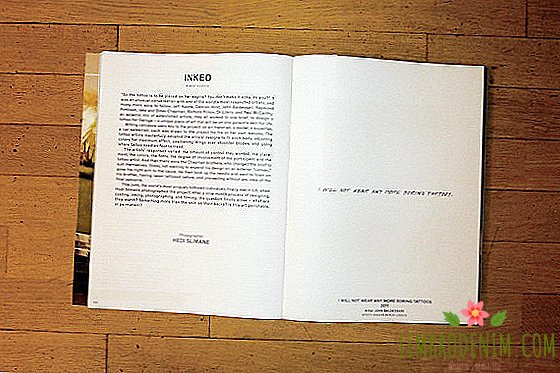
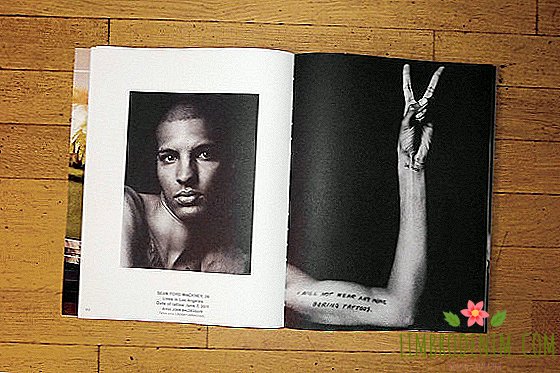
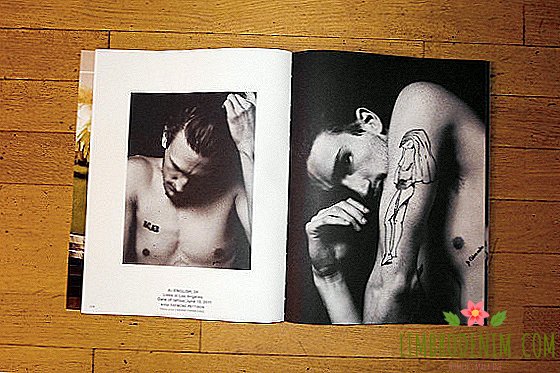
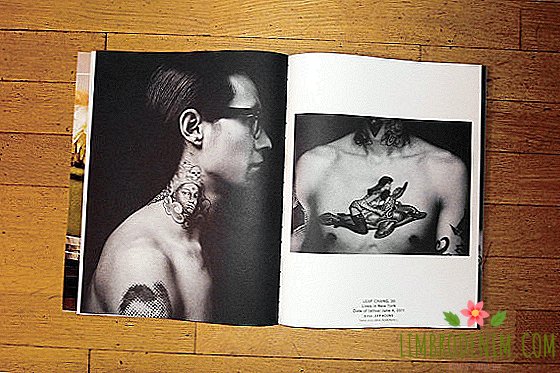
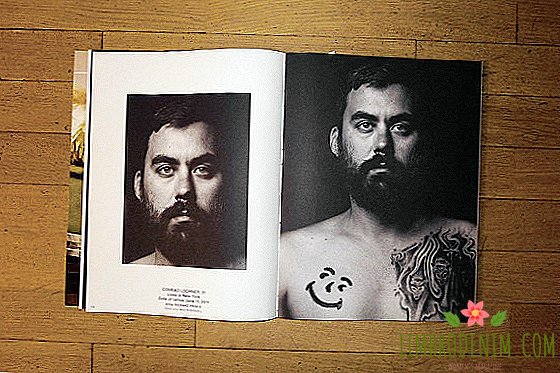
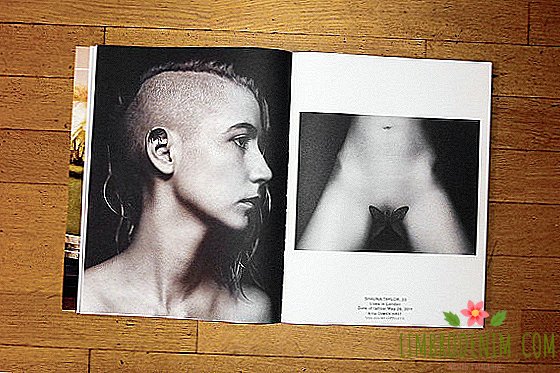

Photographers
| Nick Knight A British photographer, founder and director of the Showstudio.com project, thanks to whom in due time one could watch an interview with Lady Gaga and Daphne Guinness in real time and become a witness of how the Gareth Pugh collection is being sewn. Worked for i-D, Vogue, Visionaire magazines and countless others. He is the author of holograms projected at the shows of Alexander McQueen. For Garage magazine, along with Dinos Chapman, he made a dark shooting with puppet prototype model Lily Donaldson Agathe and Seraphine's House, inspired by the art-house porn "Cafe Flash". |
| Jürgen Teller The German photographer, to whom the British magazines The Face and i-D owe much of their style, opened the world to Kate Moss, as well as to the naked Charlotte Rampling and Vivienne Westwood. Jurgen came up with successful Marc Jacobs advertising campaigns with overexposed frames on a white background and filmed not only unconditionally pleasant girls Lily Cole, Natasha Vodianova and Sofia Coppola, but also controversial Victoria Beckham and Pamela Anderson. For the first issue of the Garage, Teller made portraits of Dasha Zhukova’s grandmother - Maria Rudnitskaya, who briefly talks about how she turned from a Soviet child into a Los Angeles resident. |
| Edie sliliman Photographer and former creative director of the brand Dior Homme. The author of more than five albums with photos, the last of which - the four-volume almanac Hedi Slimane: Anthology of a Decade 2000-2010 - was released recently. She promises to re-engage in the design of clothing, but for now she is in charge of the exhibitions and continues to work as a fashion photographer. Together with the artist Damien Hirst is the author of the provocative cover of the Garage with a nude model, which refused to sell a large British chain of stores WHSmith. |
| Sophia Sanchez and Mauro Mongello Argentine duet of fashion photographers, once a married couple. Worked for Lula Magazine, Japanese and Italian Vogue, Sunday Telegraph. Most famous for their collaboration with Numero. Together with Giovanna Battalya, they made a photo for Garage in a semi-abandoned amusement park. |
| Manuela Pavesi Photographer shooting for Purple Fashion, Citizen K, Vogue and i-D. She's the one who shot designer Marc Jacobs in women's clothes for Industrie magazine. In the magazine Dasha Zhukova, Manuela shot A Private Archive. |
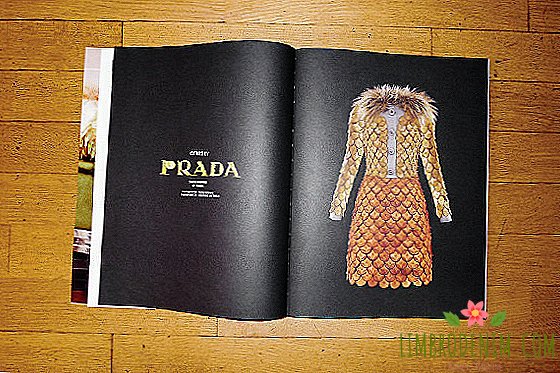
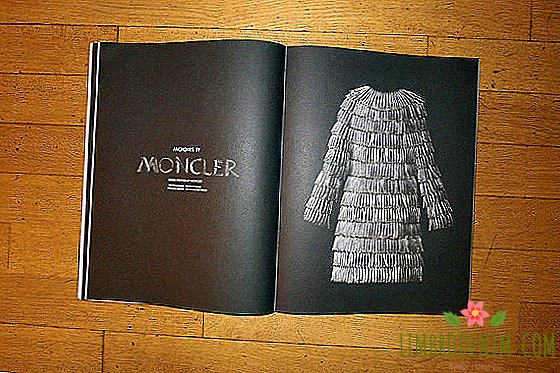
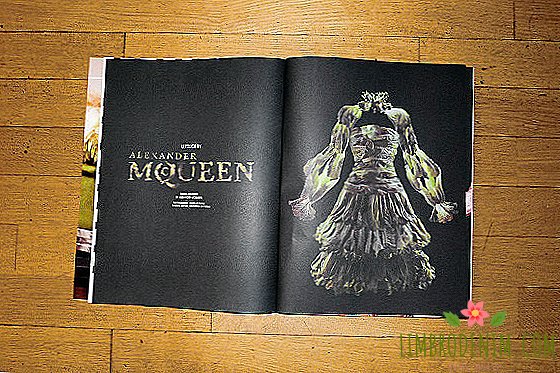
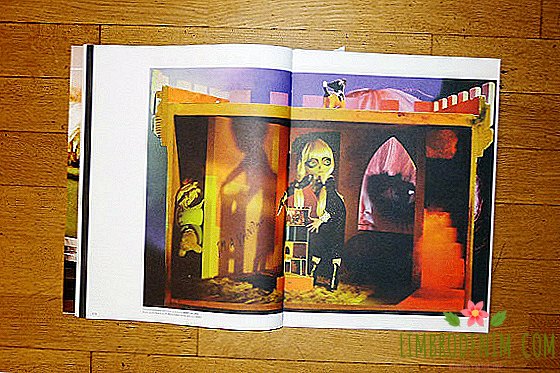
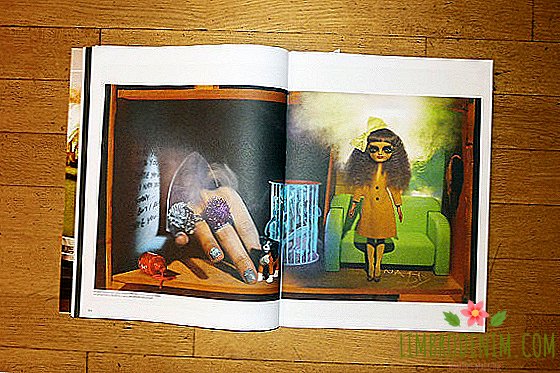
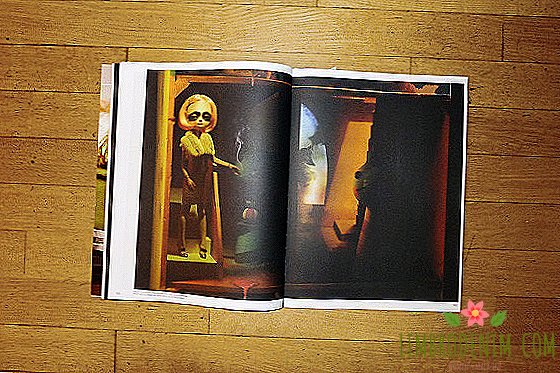
The authors
| Marina Abramovich The world-famous performance artist from Yugoslavia became famous in the 1970s for her fearless actions: she cut and set herself on fire, got up naked in the doorway, so that people could walk past her, walk for a month, sit silently in the huge hall of the MoMa museum, allowing anyone who wants to sit opposite her . The search for the boundaries of the possible Marina is now continuing not only in performances: recently she has been regularly writing and also training ordinary people in performance artists according to her own method. For Garage, Marina allowed her to document her trip to Kharkov for Ilya Khrzhanovsky’s semi-secret film project “Dow”. |
| John baldessari American conceptual artist - a living classic of modern art. He is now 80 years old, and Baldessari became famous in the early 60s, adding cuttings from texts, magazines or even colored paper using the collage technique to his paintings. In his works with bright colors and recognizable geometry, the artist made fun of the phenomenon of pop culture. In 1970, Baldessari abdicated his earlier works, made in the 50s – 60s, and baked cookies from the ashes, the recipe for which, together with the gravestone dedicated to his paintings, made the subject of the following installation. For the magazine Garage Baldessari participated in the creation of art tattoos for a black and white photo shoot. |
| Christian Boltansky The French artist began working with film, sculpture and photography, but since the mid-1980s he has been constantly engaged in installations, including light. Among his most famous works are light installations with portraits of Jewish children from Austria and huge sculptures of used clothing, which symbolized the scale of human suffering in concentration camps. For the first Garage number, Christian made a bet with collector David Walsh under the supervision of curator Jean Hubert-Martin - their dialogue about this is on the page spread. |
| Jake and Dinos Chempy The Chapman brothers have been making sculptures since the early 90s - almost all scandalous and much debated. Their genetic mutations with a pornographic shade most often affect children and minors: what are only grown together children with genitals on the face. Another favorite theme of the Champions is variations on the theme of fascism, to which they constantly return: they put miniature soldiers in a uniform with a swastika or make a series of 13 works on Adolf Hitler's landscapes, which are diluted with idyllic sketches in the style of the 1960s. For Garage, Dinos Chapman took part in creating art tattoos for a black-and-white photo shoot and tattooed himself with tattoo artist Mo Copoletta, sharing his feelings in a conversation with his brother. Together with Nick Knight, they created an alternative magazine cover with a dollhouse. |
| Damien Hirst Starting as a promising young artist in the late 80s, in the 90s, on a wave of interest in British art, Damien Hirst became perhaps the main superstar of modern art. Hearst's greatest fame was brought by installations, stuffed animals kept in formaldehyde, and paintings from dots and chaotic color spots, which were painted with a mechanical device that sprayed paint. Two years ago, the artist said that the shark in formaldehyde is the past, and from now on he will be engaged only in painting. For Garage magazine, Hearst took part in creating art tattoos for a black and white photo shoot and made a cover with a green butterfly on a scandalous place. |
| Jeff Koons Koons - another superstar of our time - made a name for himself in the 90s on gigantic bright objects that reproduce the most shabby commonness: souvenir tulips, universal soft toys, a ring with a vulgar gem. Koons himself married a porn star Cicciolin, who even participated in the Italian elections. Koons’s “mirror giants” are sometimes called kitsch, neo-pop, and not without reason that the artist’s incredible popularity is largely due to the incredible size of things he does: any rabbit or puppy that occupies half the city’s square is automatically included in the news release. For Garage magazine, Koons was involved in creating art tattoos for a black and white photo shoot. |
| Paul McCarthy The artist from Los Angeles, McCarthy, like many Californians, works with images of pop culture that Hollywood comes up with and reproduces: he fell into a slaughterhouse of chocolate and ketchup, then shoved the Barbie doll into the anus. Many of his famous works - among them a dwarf with a dildo - are associated with Christmas and Disney or mock reality (many remember the sculptural duet of pink Bush and the pig). McCarthy also invented and brought to life many absurd theatrical performances, similar to the productions of children's theater, only more brutal and sarcastic. For Garage magazine, McCarthy was involved in creating art tattoos for a black and white photo shoot. |
| Richard Prince The object of observation of Richard Prince, like many artists of the second half of the 20th century, were images of pop culture and the transition of an object from media to reality. Drawing from photographs, rewriting existing photographs and making collages of them, he was most of all inspired by advertising with idyllic heroes and tried to expose the lies of media images. His most famous works are the Marlboro cowboys, rushing on the prairie, nurses in gauze bandages and motorcycle biker gangs. For Garage magazine, Prince participated in creating art tattoos for a black and white photo shoot and made an alternative magazine cover with a black and white smiley. |
| Taryn Simon Columnist New Yorker and New York Times Magazine Taryn Simon is a famous American conceptualist working with photography. Her loudest series - portraits of the falsely sentenced to death, documentation of objects detained for smuggling at the border of the United States, and a long documentary project of 18 parts of pedigrees, including the series made around the world. Excerpts of this series with explanations of the artist herself were published in the magazine Garage, in 2012 this large-scale project will be exhibited in MoMa. |
| Johnny Pigozzi Johnny Pigozzi, actually Jean, by birth, is the heir to a large French fortune, a rush party-goer who spent much more time in the States than in France. He not only collects art and very biasedly and outrageously argues about it, but he also takes photographs and writes. His extensive acquaintances and collections, in some sense irregular and striking in size, make Pigozzi one of the most influential people in the world of collectors and one of the most uninhibited authors. |
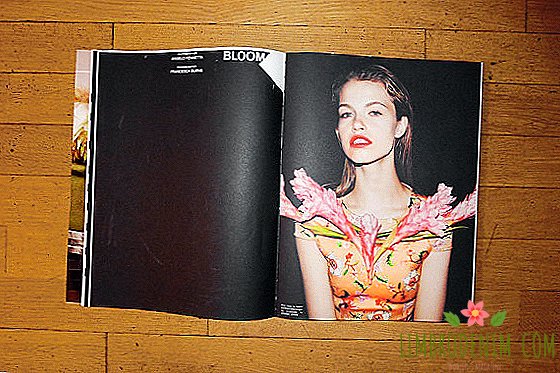
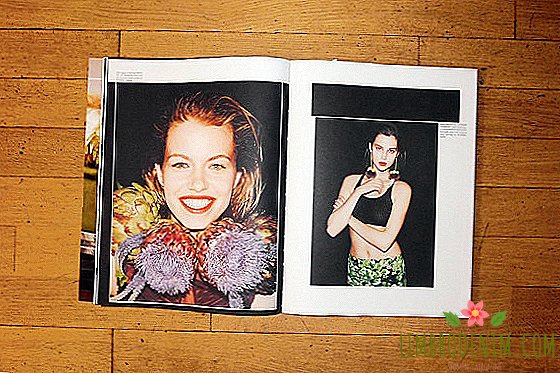
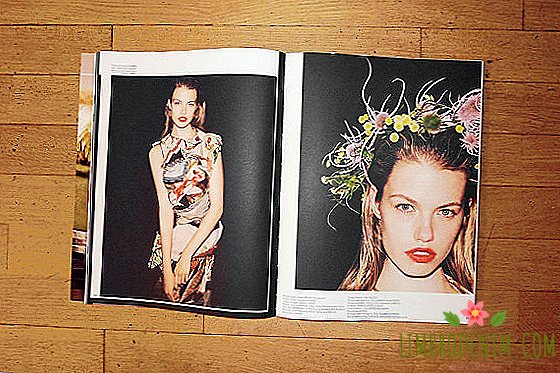
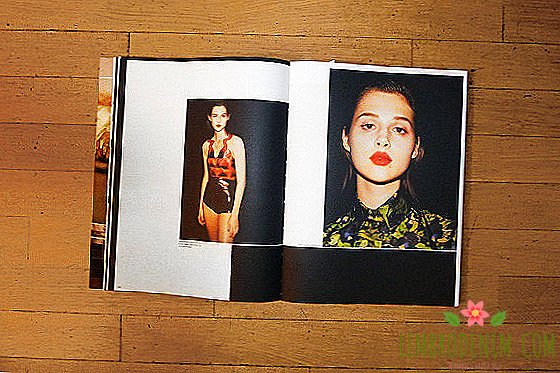
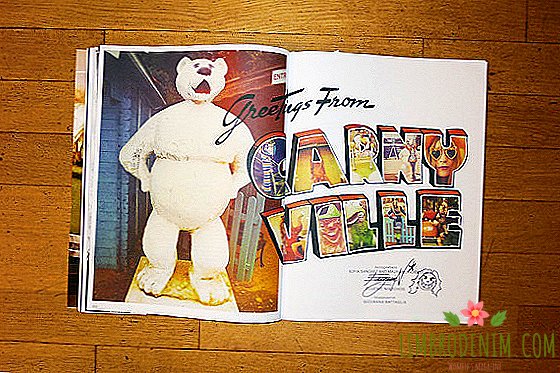
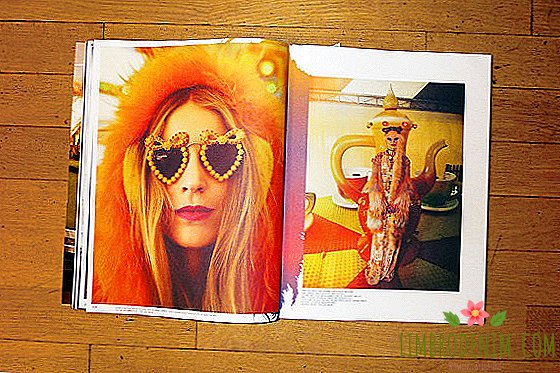
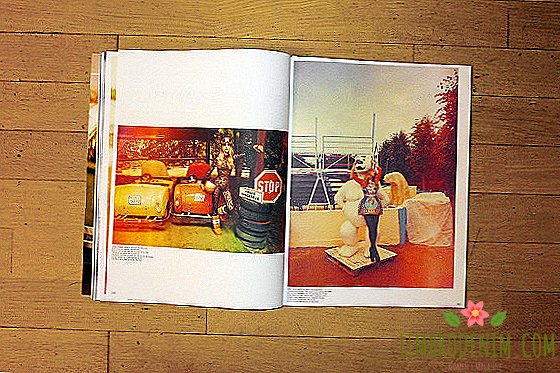
| Anton Belov, director of CSK "Garage", about the magazine: My personal vision of this project is a joint publication that mixes art and fashion. It is impossible to divide into parts. As it is impossible to say, what more. If you watch ads, then more fashion, but if the content, then the edge is erased. It is important that Daria three issues was the chief editor of the magazine POP. She gave him a new breath, increased advertising fees at times. She came up with a new art format in the fashion magazine and erased this border, creating a new format. The same principles are laid down in the new magazine Garage. I like that the magazine does not impose anything, but it gives an opportunity to evaluate some nuance. I think that the value of the magazine, like our Center, in free communication, in the ability to touch the inaccessible and get information so that it does not alienate you, but is interested. There is absolutely no tediousness and academicity in him, there is no fear of being misunderstood. This is terribly annoying in other journals: they always try to be understandable for the maximum number of non-existent people. The project with tattoos, it seems to me, was specifically made to increase a little degree of scandal. And the selection of authors is appropriate - well-known and provocative artists. Harmoniously, interestingly, with the history of people who agreed to this. If we talk about what I would like to see more in this magazine, then I, of course, would say art. Although I am sure that everything will be wrong, but much more interesting. |
|
